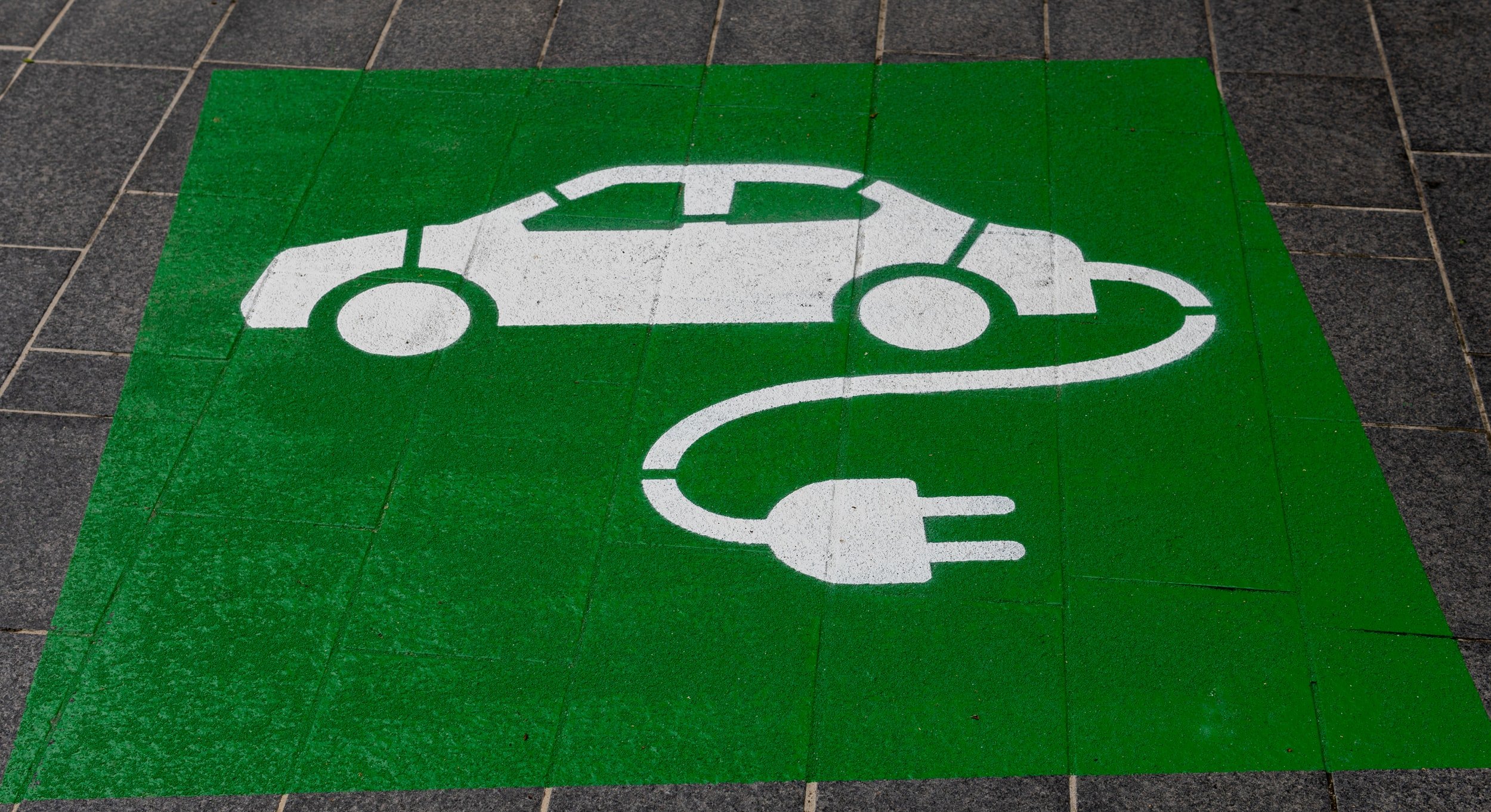Key Climate Action Plan Terms
In February 2020, Nashville Mayor John Cooper announced the establishment of a standing Sustainability Advisory Committee and charged it with providing advice on a range of sustainability issues. Several months earlier in December 2019, the Mayor announced that his administration had re-joined the Global Covenant of Mayors for Climate and Energy. This prompted the development of a citywide climate action plan to be completed within three years that includes a greenhouse gas emissions target and emissions reduction actions to meet a specific goal. The following content is a glossary of terms to help understand Metro Nashville’s Climate Action Plan.
Metro Nashville’s climate mitigation action plan:
Identifies activities that contribute to greenhouse gas emissions,
Establishes a target for reducing those emissions, and
Puts forth actions that can be taken to meet the target.
The following are key terms to help understand the plan. Based on the plan, Metro is asking residents to take a short survey to see how Nashville should move forward in mitigating climate change.
2018 International Energy Conservation Code2018 International Energy Conservation Code addresses energy efficiency on several fronts including cost savings, reduced energy usage, conservation of natural resources and the impact of energy usage on the environment. (iccsafe.org)
Behind-the-meterBehind-the-meter refers to energy production and storage systems that directly supply homes and buildings with electricity. Most behind-the-meter solar energy systems are still grid-tied, which means they maintain a connection to the electrical grid. The difference between behind-the-meter (BTM) and front-of-meter systems comes down to an energy system's position in relation to your electric meter. A BTM system provides power that can be used on-site without passing through a meter, while a front-of-meter system provides power to off-site locations
Climate ChangeClimate Change refers to long-term shifts in temperatures and weather patterns. These shifts may be natural, but since the 1800s, human activities have been the main driver of climate change, primarily due to the burning of fossil fuels (like coal, oil, and gas) which produces heat-trapping gases. (un.org)
Construction and Demolition (C&D)Recycling Deposit System Potential for high diversion of wood, plastics, concrete, drywall, asphalt, brick, and metals C&D Deposit System incentivizes higher diversion Deposit required when applying for building permit Builder reclaims funds if they meet recycling threshold (nashville.gov)
Electric Vehicle (EV)Electric Vehicle is an automobile that is propelled by one or more electric motors, using energy stored in batteries. Compared to internal combustion engine vehicles, electric cars are quieter, have no exhaust emissions, and lower emissions overall. (wikipedia.org)
"EV-Capable" vs "EV-Ready" An EV Capable stall requires just the infrastructure (conduit, breaker space, junction box, etc.) for the future installation of an EV charging station. These types of spaces do not require any charging equipment to be installed at the time of permit. EV Ready stalls require both the infrastructure and a wired outlet. While the charging unit is still absent, an EV Ready stall allows for the electric car driver to simply plug-in their portable charger into the outlet. (chargedfuture.com)
Greenhouse Gas EmissionsGreenhouse Gas Emissions in earth's atmosphere are majority Carbon dioxide (CO2), but smaller amounts of methane (CH4) and nitrous oxide (N2O) are also emitted. These gases are released during the combustion of fossil fuels, such as coal, oil, and natural gas, to produce electricity. They cause climate change by trapping heat, and they also contribute to respiratory disease from smog and air pollution. Extreme weather, food supply disruptions, and increased wildfires are other effects of climate change caused by greenhouse gases (nationalgeographic.com).
Green lifestyleGreen lifestyle or sustainable living describes a lifestyle that attempts to reduce an individual's or society's use of the Earth's natural resources, and one's personal resources. (energyenviro.org)
Nashville Electric Service (NES)Nashville Electric Service is one of the 12 largest public electric utilities in the United States, distributing energy to more than 370,000 customers in Middle Tennessee. The NES service area covers 700 square miles, all of Nashville/Davidson County and portions of the six surrounding counties. (wikipedia.org)
Tennessee Valley Authority (TVA)Tennessee Valley Authority is a federally-owned electric utility corporation in the United States. TVA's service area covers all of Tennessee, portions of Alabama, Mississippi, and Kentucky, and small areas of Georgia, North Carolina, and Virginia. While owned by the federal government, TVA receives no taxpayer funding and operates similarly to a private for-profit company. It is headquartered in Knoxville, Tennessee, and is the sixth largest power supplier and largest public utility in the country. (wikipedia.org)
Transportation Demand ManagementTransportation Demand Management is the application of strategies to reduce travel demand, or to redistribute this demand in space or in time. In transport, as in any network, managing demand can be a cost-effective alternative to increasing capacity and limiting emission from vehicles. Also see Nashville Connector. (wikipedia.org)
Vision Zero Vision Zero is a strategy to eliminate all traffic fatalities and severe injuries, while increasing safe, healthy, equitable mobility for all. A Vision Zero plan that promotes safety so residents feel, and are, safer and more comfortable with alternatives to driving, including establishing Safe Routes to School. (visionzeronetwork.org)















